The above information was given by many experts and managers at the workshop "Turning waste into clean energy: Solution for sustainable development", organized by Nguoi Lao Dong Newspaper on October 21 in Ho Chi Minh City.
Electricity from garbage incineration can supply 100,000 households in Ho Chi Minh City.
Dr. Pham Viet Thuan, Director of the Ho Chi Minh City Institute of Natural Resources and Environment Economics , said that society is facing two of humanity's biggest challenges: urban environmental pollution due to increasing household waste and the need for clean energy for sustainable economic growth.
Turning waste into energy will not only reduce pollution but also create a renewable, environmentally friendly energy source, contributing to the goal of net zero emissions - Net Zero 2050 that Vietnam committed to at COP26.
Ho Chi Minh City, with a population of nearly 14 million, generates an average of 13,000-14,000 tons of household waste every day. The speed of urbanization, mechanical population growth and industrial park expansion causes the amount of waste to increase by an average of 6-8% per year.
However, 85% of waste is still treated by landfill, mainly in two large areas: Da Phuoc (former Binh Chanh district) and Phuoc Hiep (former Cu Chi district), former Binh Duong and Ba Ria - Vung Tau provinces.
However, this method consumes a huge area of land, about 300 hectares for each landfill, causing the generation of CH₄ (methane) - a greenhouse gas 28 times more potent than CO₂. In addition, leachate seeps into the ground, polluting groundwater, creating a foul odor that lasts for decades.
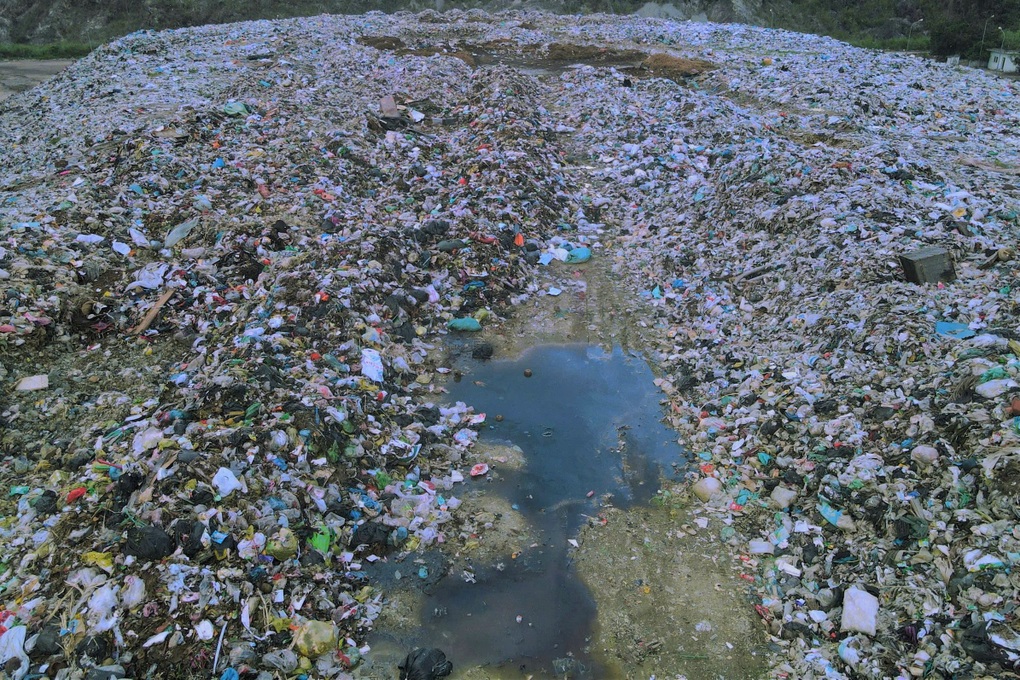
A landfill wastes space and causes many environmental problems (Photo: DT).
Ho Chi Minh City has 5 licensed waste-to-energy projects with a total designed capacity of more than 340 MW, but most of them have not been implemented due to investment procedures, power planning 7, electricity price mechanisms and technology being too limited.
According to the latest survey, waste in Ho Chi Minh City consists of: Organic: 45%; Construction - debris: 27%; Plastic, nylon: 9%; Utensils, metal, bottles: 15%. This shows that up to 70% of waste can be recycled or reused.
“If 50% of organic waste is converted into fertilizer or biogas, and the rest is burned to generate electricity, Ho Chi Minh City can regenerate thousands of MWh of electricity every day - enough to supply 100,000 households,” Mr. Thuan calculated.
There are still many barriers
Despite its great potential, the conversion of waste into energy in Vietnam is facing many barriers. These barriers include technical - technological; mechanism - policy; social - awareness.
According to Dr. Thuan, if the treatment model is not changed, in 5 years, Ho Chi Minh City will no longer have land for burying waste. The Net Zero 2050 target will be difficult to achieve, and the damage to environmental, health and climate costs may far exceed the cost of technology investment.
Meanwhile, each ton of waste burned to generate electricity can reduce 0.8 tons of CO₂, equivalent to planting 30 mature trees. Thus, investing in WtE technology (waste to energy) is investing in the climate and green future of the city.
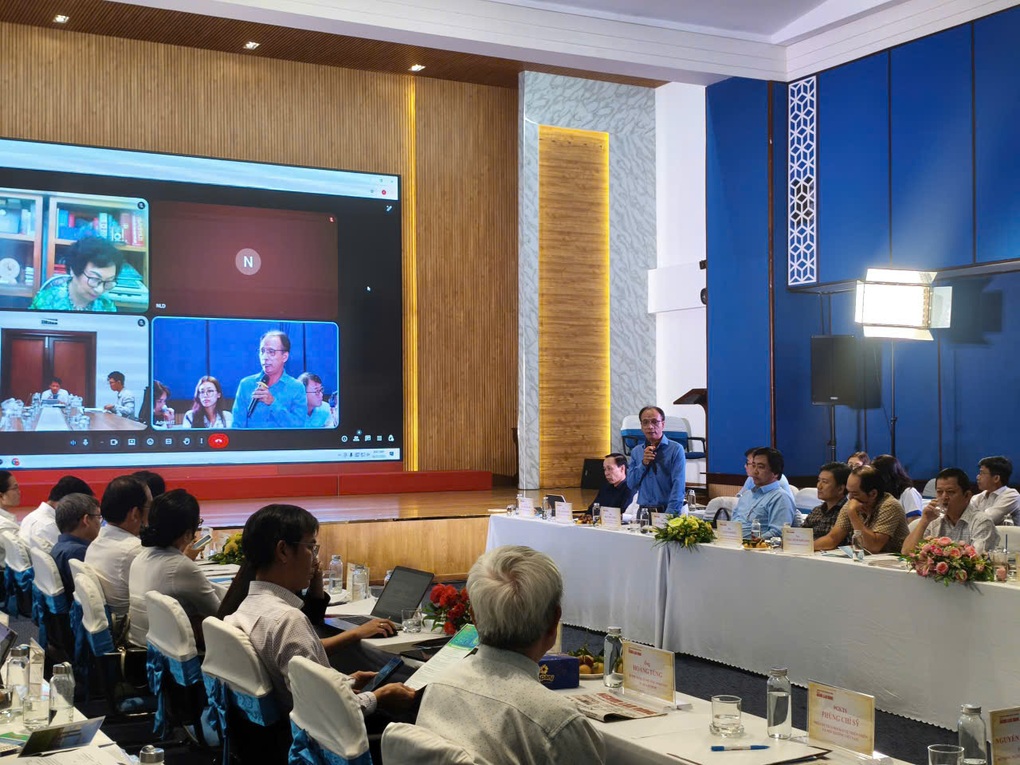
Delegates attending the workshop "Turning waste into clean energy: Solutions for sustainable development" on October 21 in Ho Chi Minh City (Photo: Huan Tran).
Associate Professor Dr. Phung Chi Sy, Vice President of the Vietnam Association for Conservation of Nature and Environment, said that the mechanisms and policies to support the development of waste-to-energy projects in our country still have many shortcomings and are not attractive enough to attract domestic and foreign investors to participate.
The legal basis for waste incineration for power generation is still general in orientation, without specific guidance, and many contents overlap in different Laws and Decrees. In addition, although there is support for electricity purchase price, WtE projects are bound by Decision No. 31/2014/QD-TTg dated May 5, 2014 of the Prime Minister on the mechanism to support the development of power generation projects using solid waste in Vietnam, to follow the electricity sector planning, leading to many difficulties in implementation.
Technology is ready, just waiting for the mechanism
Mr. Ngo Chi Thang, Director of the United Science and Technology Environment Company Limited (Biwase), said that the enterprise is investing in building a waste-to-energy plant, with the goal of making the most of household waste, turning non-recyclable waste into a clean energy source.
Currently, Biwase is operating a plant that processes about 2,500 tons of waste per day, applying organic fertilizer separation technology and waste incineration to generate electricity.
However, although Vietnam has set a target of having about 20,000 MW of waste-to-energy by 2030, this figure is still "very small" compared to the national energy demand. In addition, the current bidding mechanism is not suitable, many bidding packages only have one contractor participating, causing the progress to be prolonged.
"Waste-to-energy is an inevitable direction, but for sustainable development, we need a more transparent and suitable pricing mechanism and policy to help businesses have the conditions to invest in modern technology," Mr. Thang emphasized.
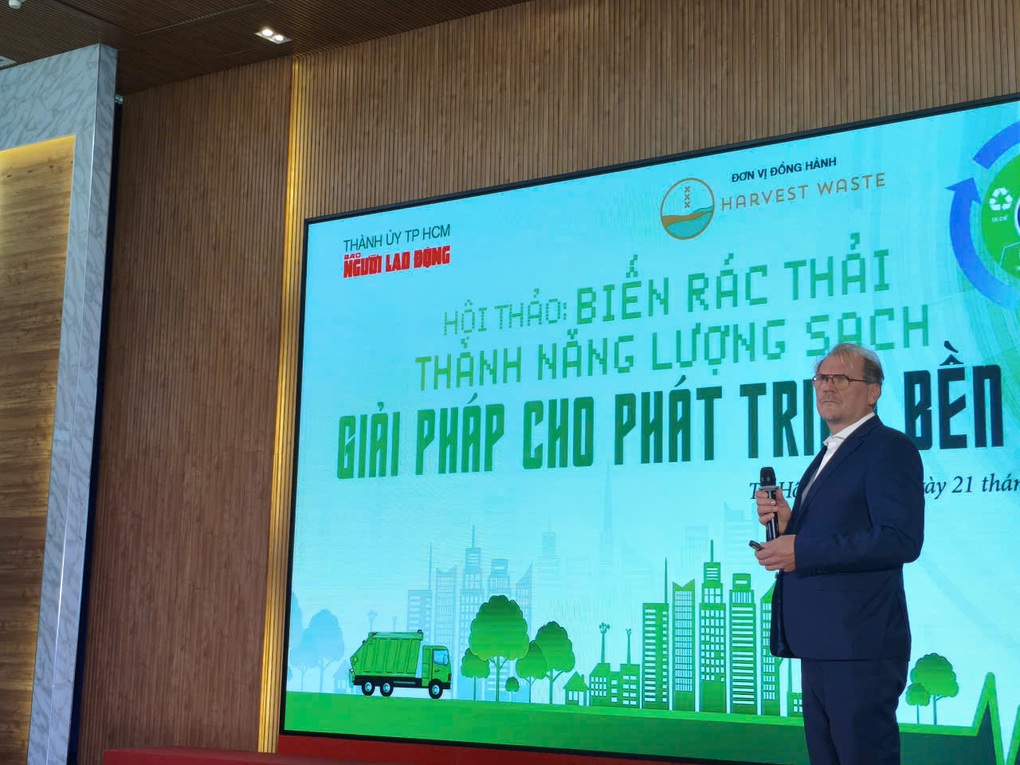
Mr. Sietse Agema - Technology Director of Harvest Waste BV - Netherlands shared at the workshop (Photo: Huan Tran)
Mr. Sietse Agema - Technology Director of Harvest Waste BV - Netherlands said that with the current state of waste treatment in Vietnam, investing in waste-to-energy incineration technology is an urgent requirement, bringing benefits in many aspects.
“The technology of burning waste into clean energy has progressed rapidly in the world and has become feasible when applied in Vietnam today, promising to bring a radical and effective solution in waste treatment,” said Mr. Sietse Agema.
According to this expert, in 2008, the Netherlands introduced the fourth generation of high-efficiency waste-to-energy incineration technology designed to maximize resource recovery, becoming part of the circular economy.
The 4th generation technology is cost-effective, generating 30% more electricity with the same amount of waste input. It also meets the strictest European emission standards and is highly reliable. In terms of environmental benefits, the 4th generation technology also helps to minimize social costs and improve air quality and public health.
"Harvest Waste arranges funding for the project, provided that there is a viable PPP (public-private partnership) contract with the bank. The government does not need to make initial investment, it just needs to create suitable conditions. Our partners can mobilize up to billions of dollars in capital and are ready to invest in Vietnam, just waiting for the government to change some regulations that are more favorable to investors, including a more open mechanism as well as a power purchase contract with EVN" - Mr. Sietse Agema said.
Ho Chi Minh City encourages businesses to invest in burning waste to generate electricity, replacing landfills.
Mr. Nguyen Hong Nguyen, Deputy Director of the Department of Natural Resources and Environment of Ho Chi Minh City, shared that turning waste into clean energy is no longer an option but a mandatory direction in the current and future context.
After expanding its administrative boundaries, Ho Chi Minh City has a total of about 14,000 tons of solid waste generated per day. Ho Chi Minh City still mainly treats waste by landfill; a small part is burned.
In the coming time, the Department of Natural Resources and Environment will continue to advise on the implementation of tasks according to Resolution 28/2003 of the Ho Chi Minh City People's Council on the criteria, standards and roadmap for converting domestic solid waste treatment technology from landfill to energy recovery technology. Thereby, continuing to encourage businesses to invest in the field of waste incineration in the city.
Source: https://dantri.com.vn/kinh-doanh/hang-ty-usd-von-ngoai-cho-dau-tu-vao-cong-nghe-dot-rac-tai-viet-nam-20251021125414662.htm





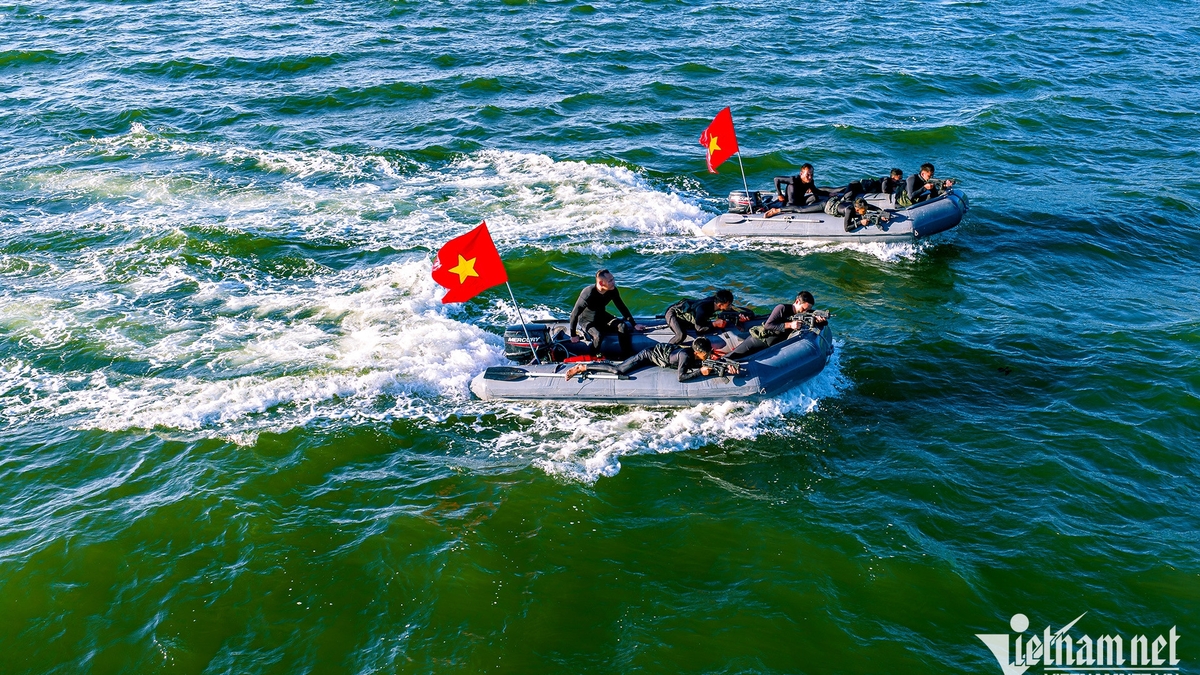


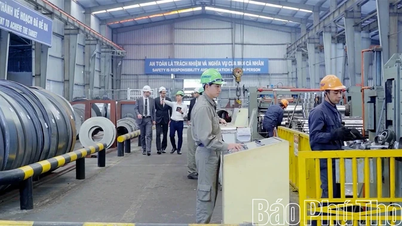

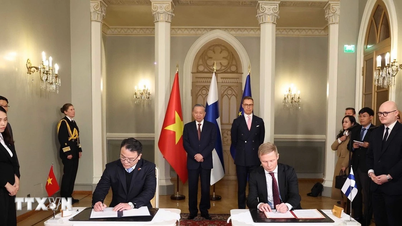

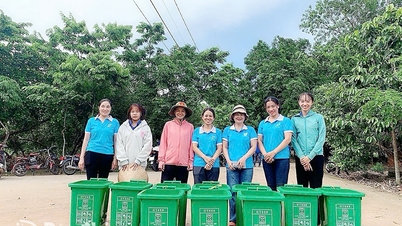

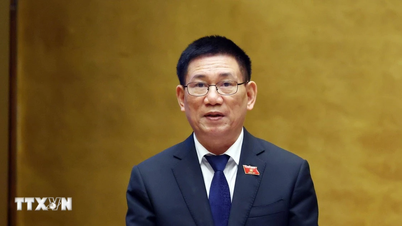
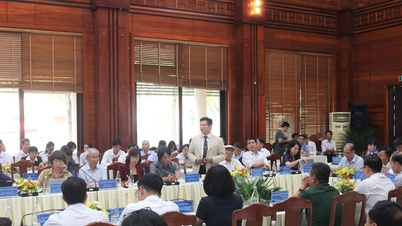

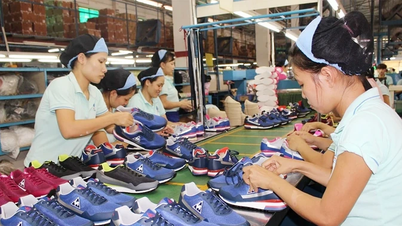
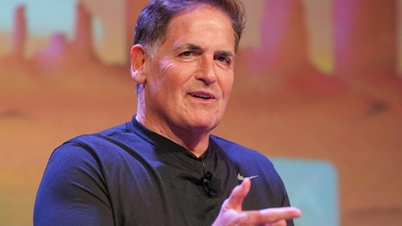
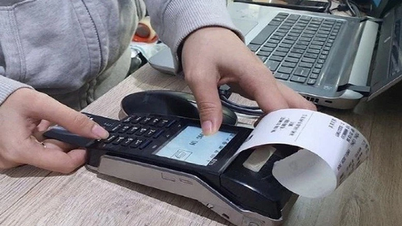



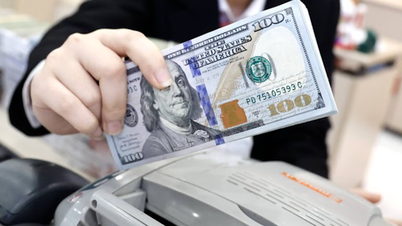

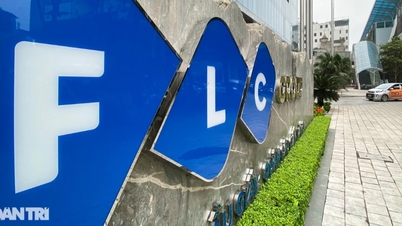






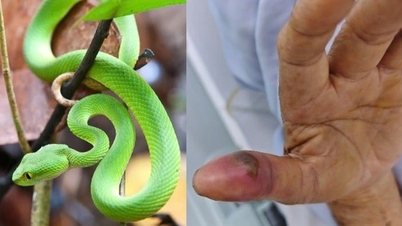
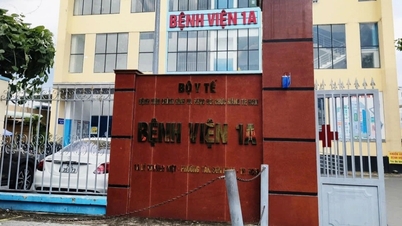

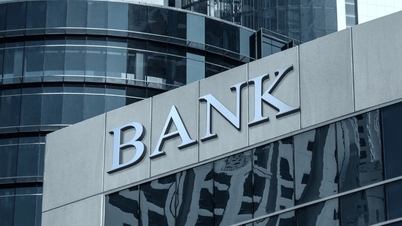
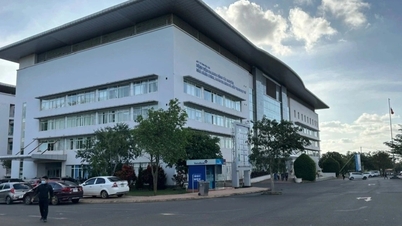
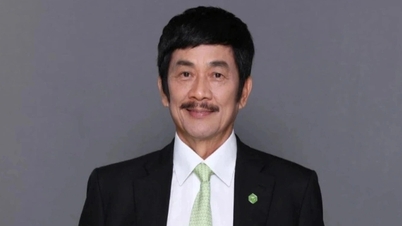














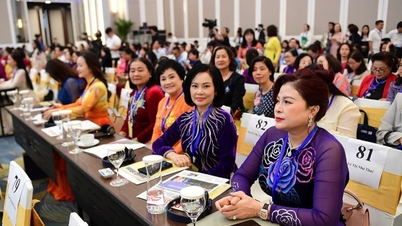


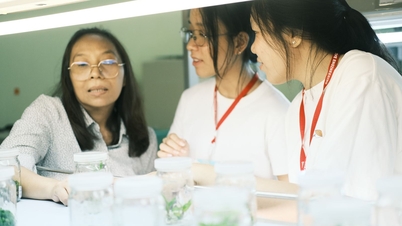



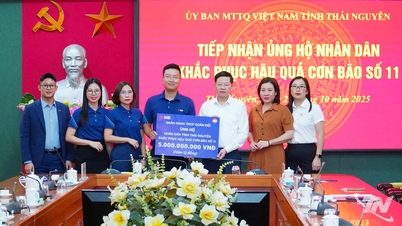

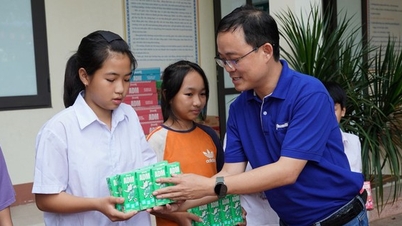

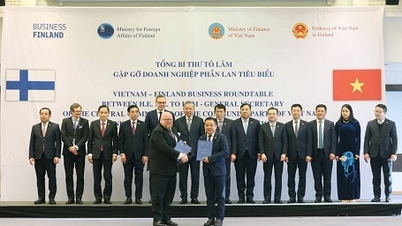


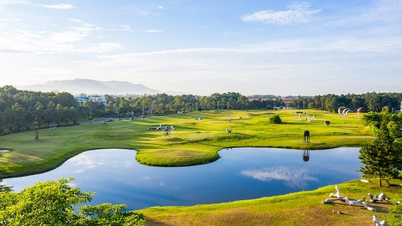








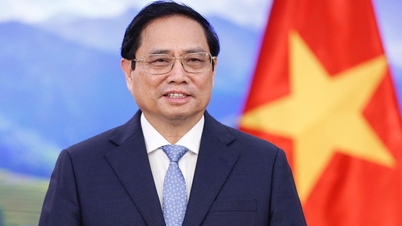

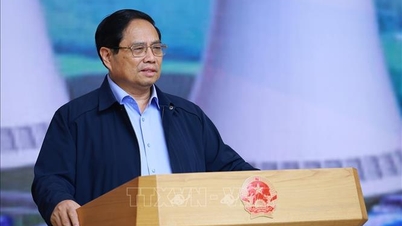

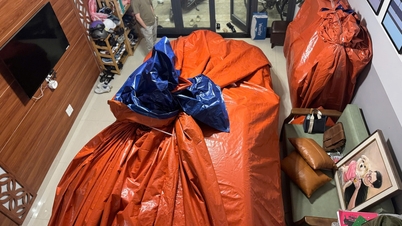
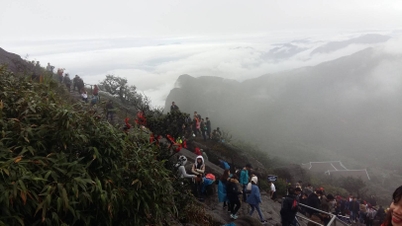

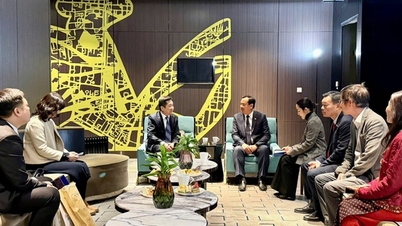

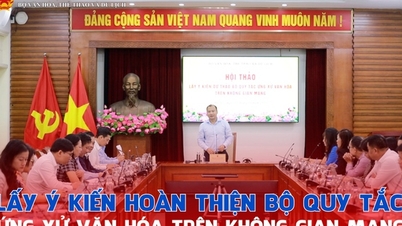
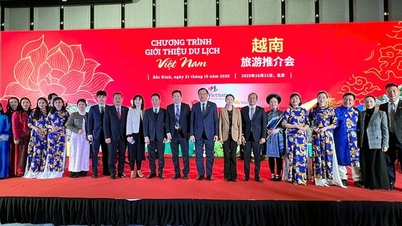
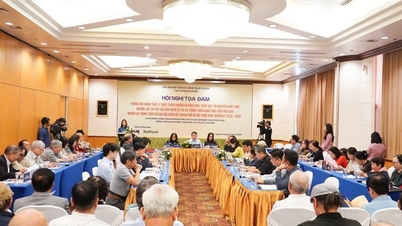
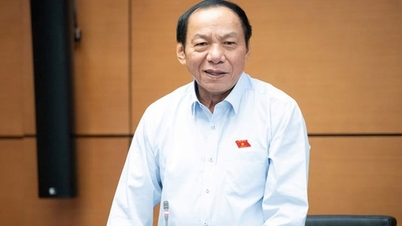
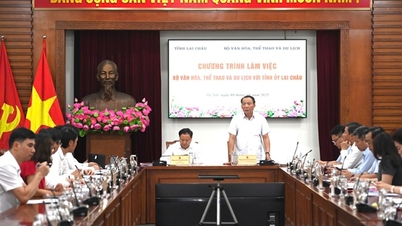
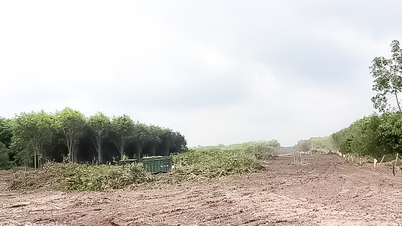
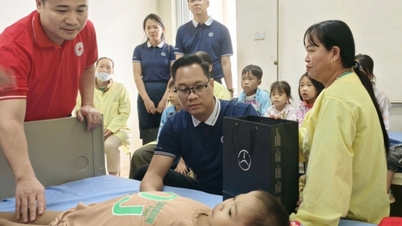

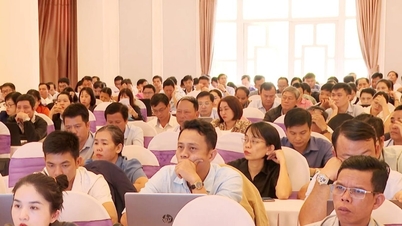
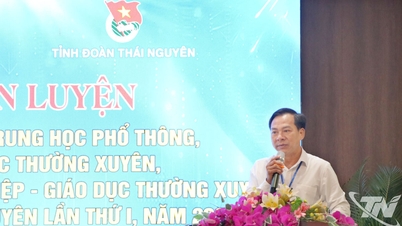
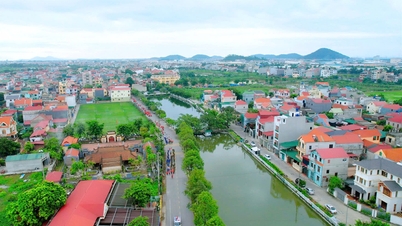

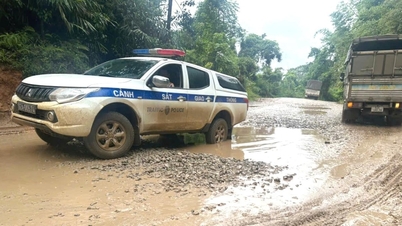















Comment (0)